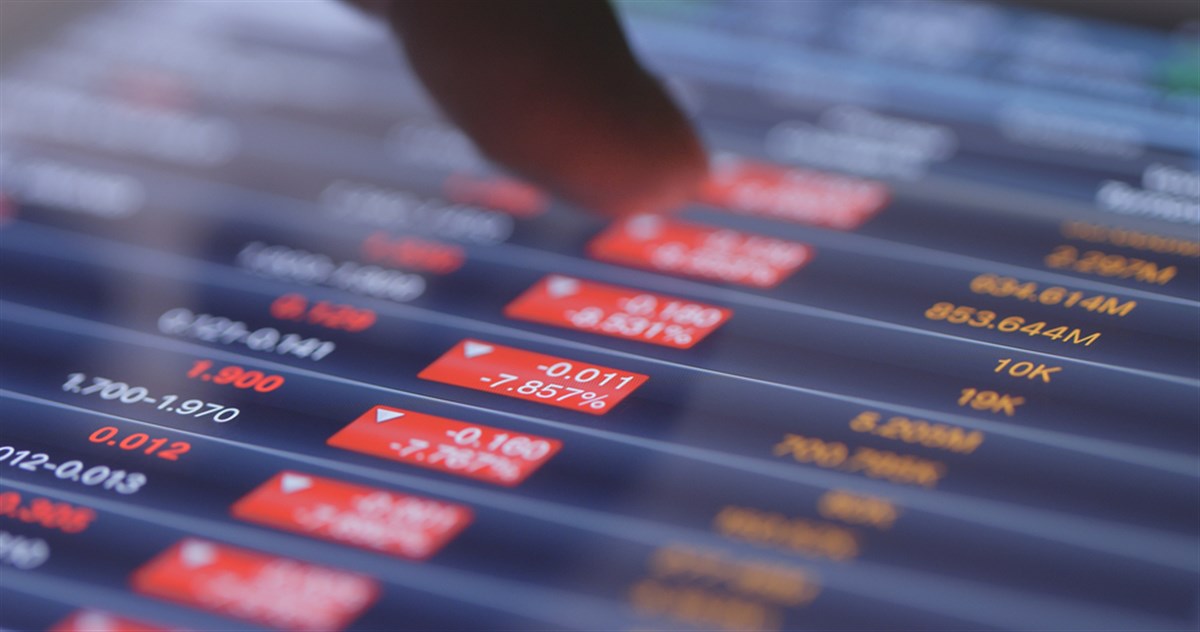
Investors have had a rough start to the new week as stock indexes worldwide collectively wiped out trillions of dollars in value. This is a big change from the easy money and ‘everything’ rally days that started during the COVID-19 pandemic when most stocks became winners because central banks everywhere injected record amounts of capital into the system.
Starting with Japan, these same banks are taking money from the system. In an unexpected move, the Bank of Japan recently decided to hike interest rates, which ended what’s known as the “carry trade,” or borrowing low-interest currencies like the Yen to buy high-interest currencies like the dollar. Most stock investors think businesses operate in a vacuum, but that’s not the case.
A shift in currency preference will create a consequent major shift in industry preference and asset classes. This rotation out of the dollar index is precisely what some people on Wall Street have been betting on. Even Warren Buffett reiterated this view when he cut his Apple Inc. (NASDAQ: AAPL) holdings in half, along with Bank of America Co. (NYSE: BAC).
Is More Downside Ahead? Market Behavior Indicates a Yes
While the day that followed one of the worst red days of 2024 showed investors an S&P 500 that rallied by 1.3%, this should be no reason to celebrate—just the opposite. Over in Japan, the Nikkei 225 index crashed by over 30% over the past month, only to rally by 12% after its worst day.
This is never a good sign; it is like comparing a hospital patient who was just in a flat line and sending that person home the minute after doctors see a pulse again. These whipsaws in any stock index are never a good sign, and rising volatility can be equated to increasing fear in the marketplace.
Speaking of behavior, investors can look at what Buffett has done in the past quarter. He sold out of the technology and financial sector and decided to reallocate to the energy sector. After a nine-day buying spree, he now owns 29% of Occidental Petroleum Co. (NYSE: OXY).
Betting on this oil giant is a bullish bet for oil prices directly. And, just like any commodity quoted in dollars, investors need to know that a subsequent weak dollar is also required to see higher commodity prices. As Japan strengthens its currency, a weaker dollar now looks like the popular trend in today’s market.
Others on Wall Street agree with this new trend. Those at Goldman Sachs expected to see a breakout in the manufacturing sector within their 2024 macro report. For U.S. manufacturing to take off, exporters need a weaker dollar to make their products more attractive to foreign buyers who will have a stronger currency.
Where Can Investors Find the Bottom? Strategies to Navigate the Downturn
Historically, a weaker dollar does spell bearish news for the stock market, except for those stocks involved in oil and other dollar quoted commodities. However, for the most part, investors need to develop a strategy for the further downside that could be headed for the S&P 500.
But, before a strategy is made, investors should know where the market could end up before making a big decision. Wall Street defines a bear market as when an index, like the S&P 500, sells off by 20% or more from recent highs. Considering where the S&P 500’s all-time high was made, this significant mark falls roughly at $4,520 for the index.
Typically, when the index reaches this 20% mark, there is a recovery buying trend, bringing back the uptrend. On the other hand, there could be a capitulation selloff. However, it usually depends on what the economic data suggests during that time.
In this way, unemployment, inflation, and other economic indicators are important to watch as the S&P approaches this level. Now, what are investors supposed to do in the meantime? Here are three places to keep top of mind until the index eventually finds its bottom.
First of all, it’s all about oil. Wall Street analysts forecast up to 32.2% earnings per share (EPS) growth for the next 12 months in Occidental Petroleum, which is above the average for many industries. It’s also Buffett’s choice today.
One of Stanley Druckenmiller’s bets is into bonds, where investors can look to the iShares 20+ Year Treasury Bond ETF (NASDAQ: TLT) for exposure into the asset class that tends to perform on a weaker dollar.
Last but not least, there is gold, another dollar-based commodity. Stocks like Barrick Gold Corp. (NYSE: GOLD) have a 31.9% EPS growth forecast right now, and those at CIBC see a valuation of up to $27 a share, which would be 56.9% higher than where it trades today.













